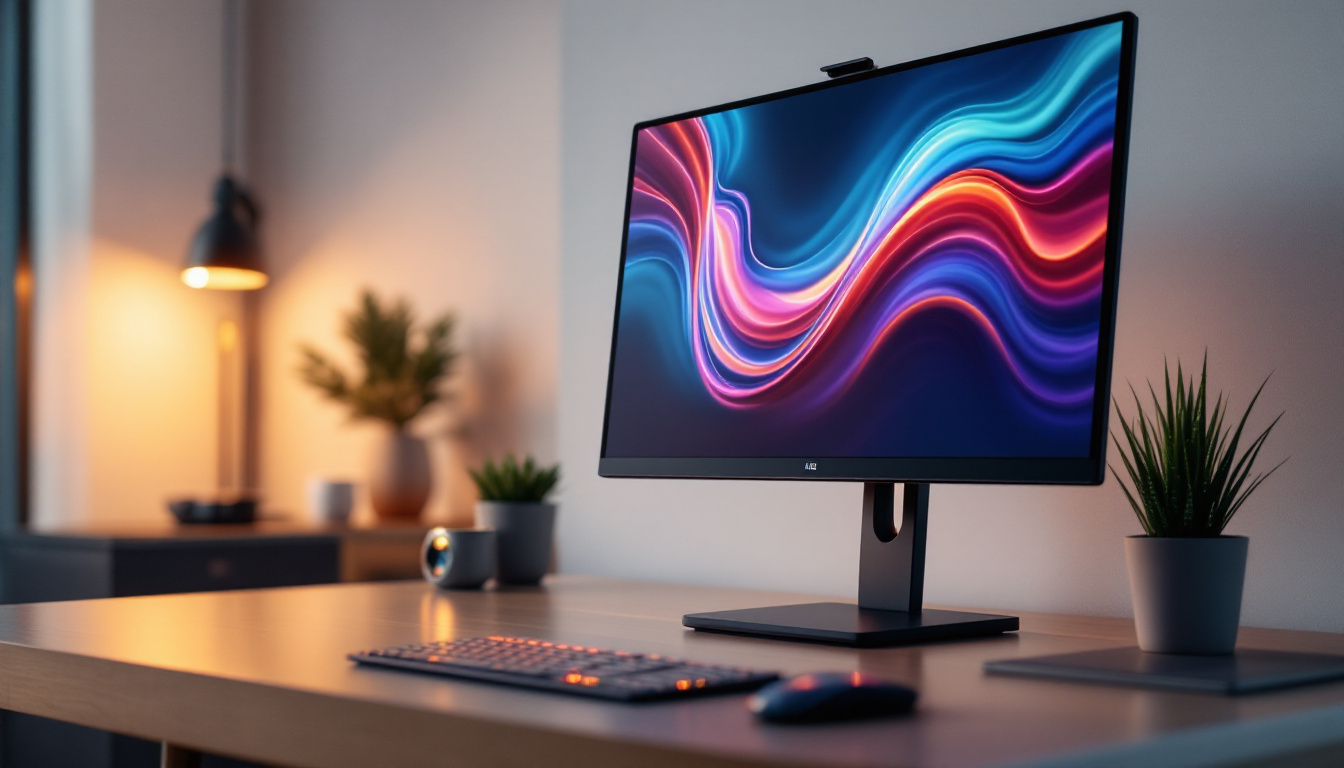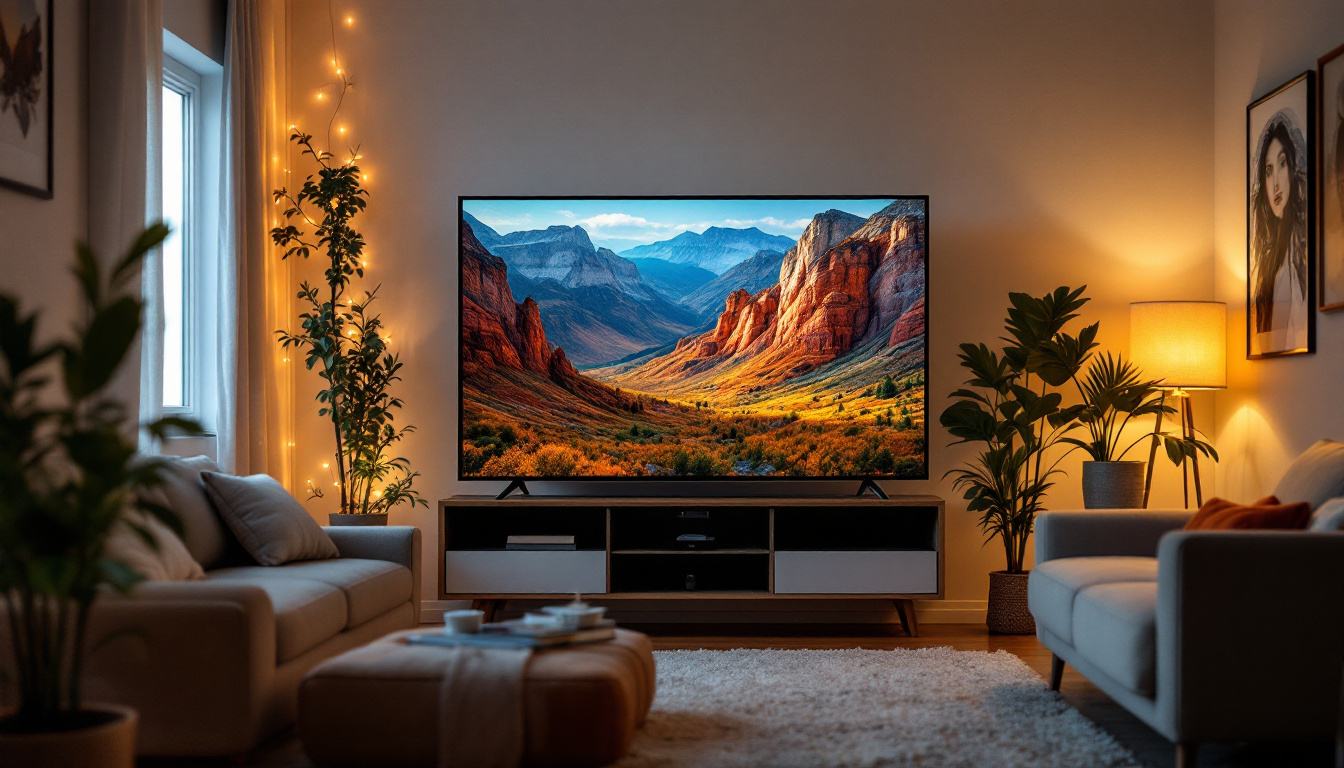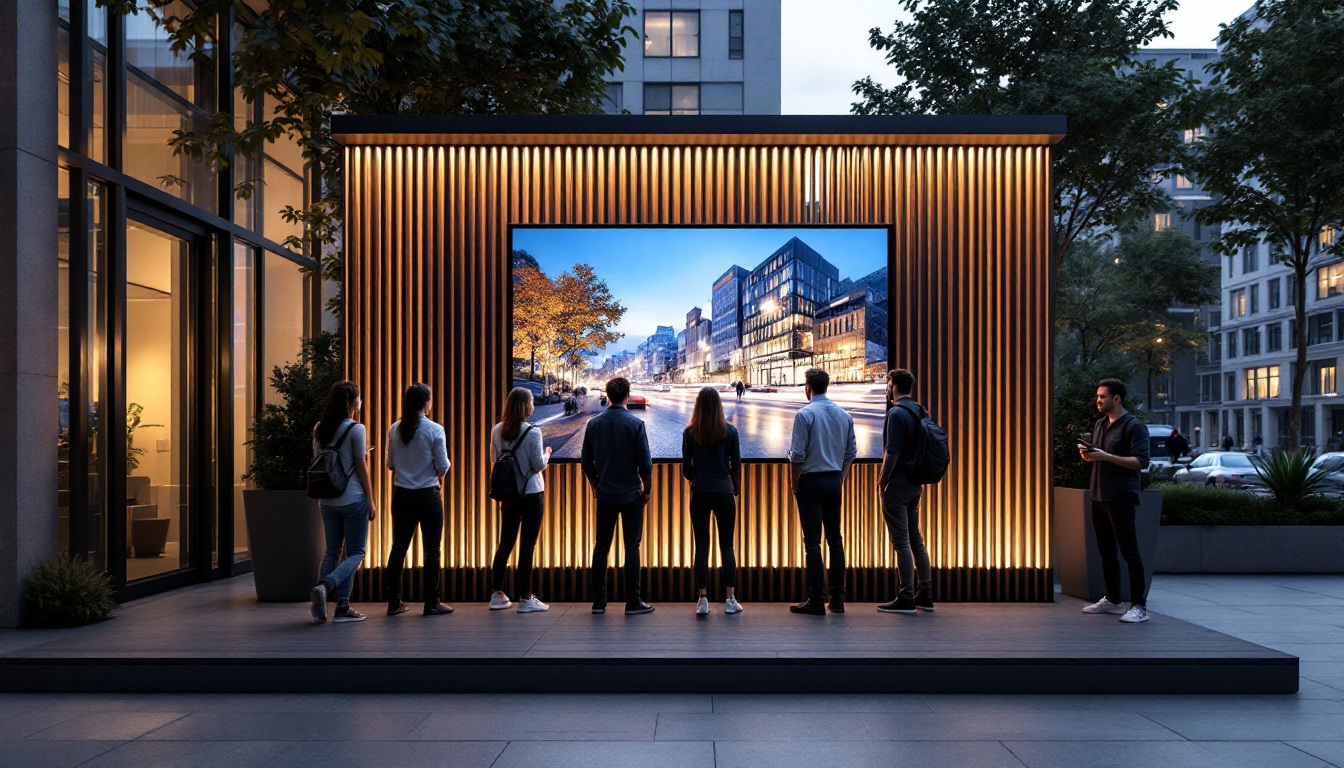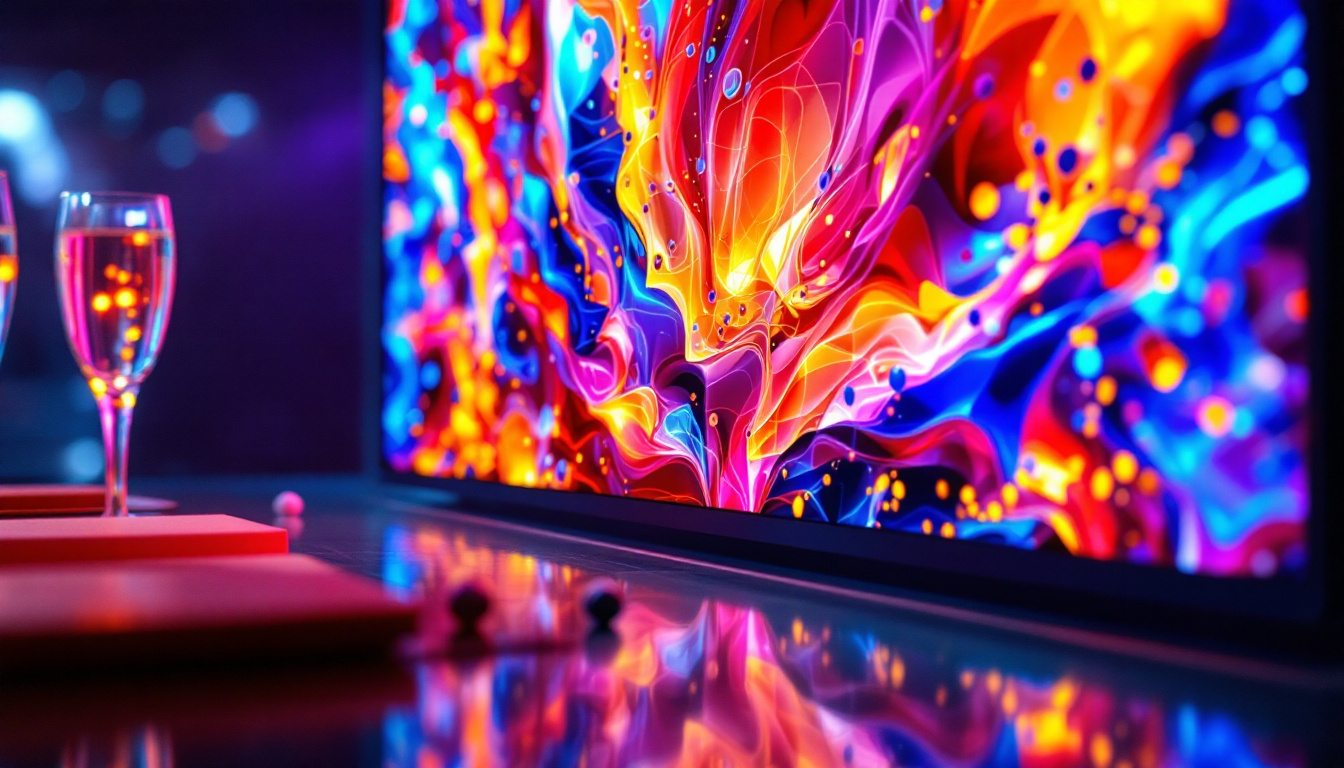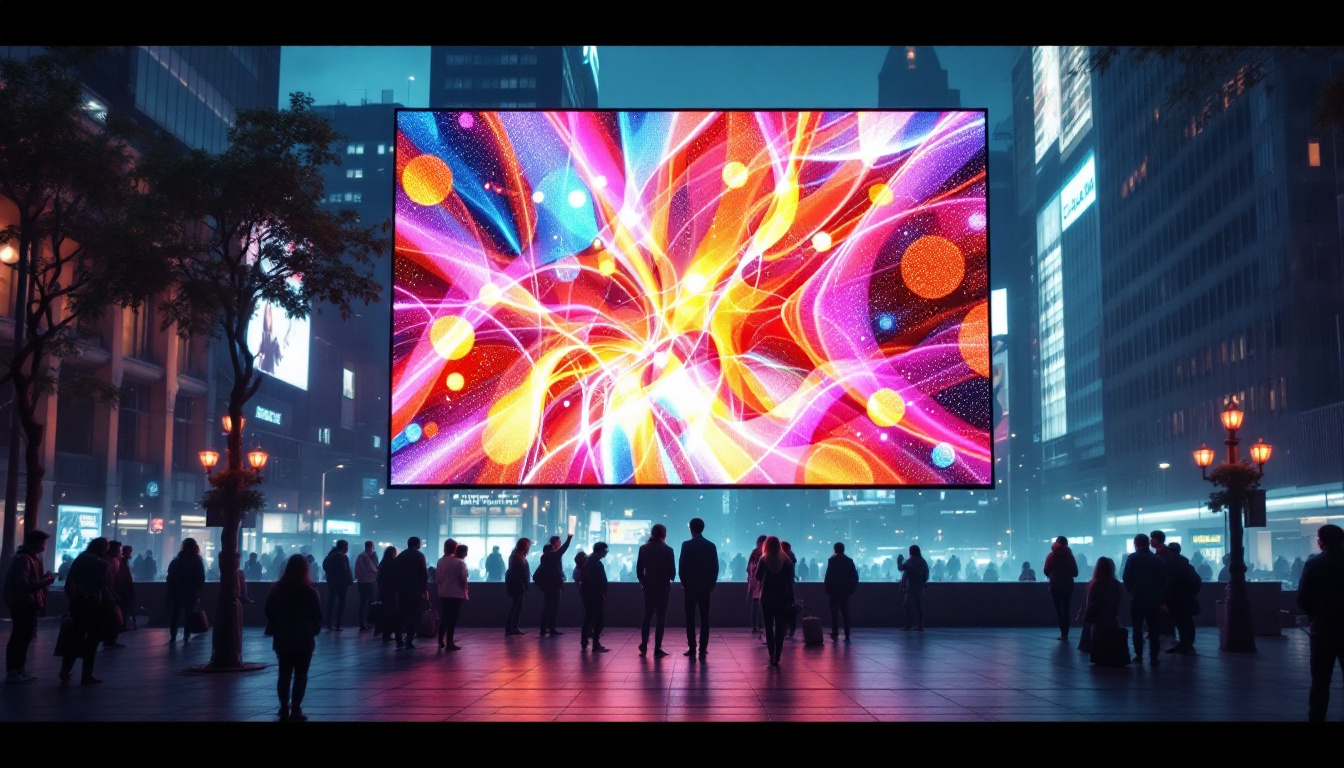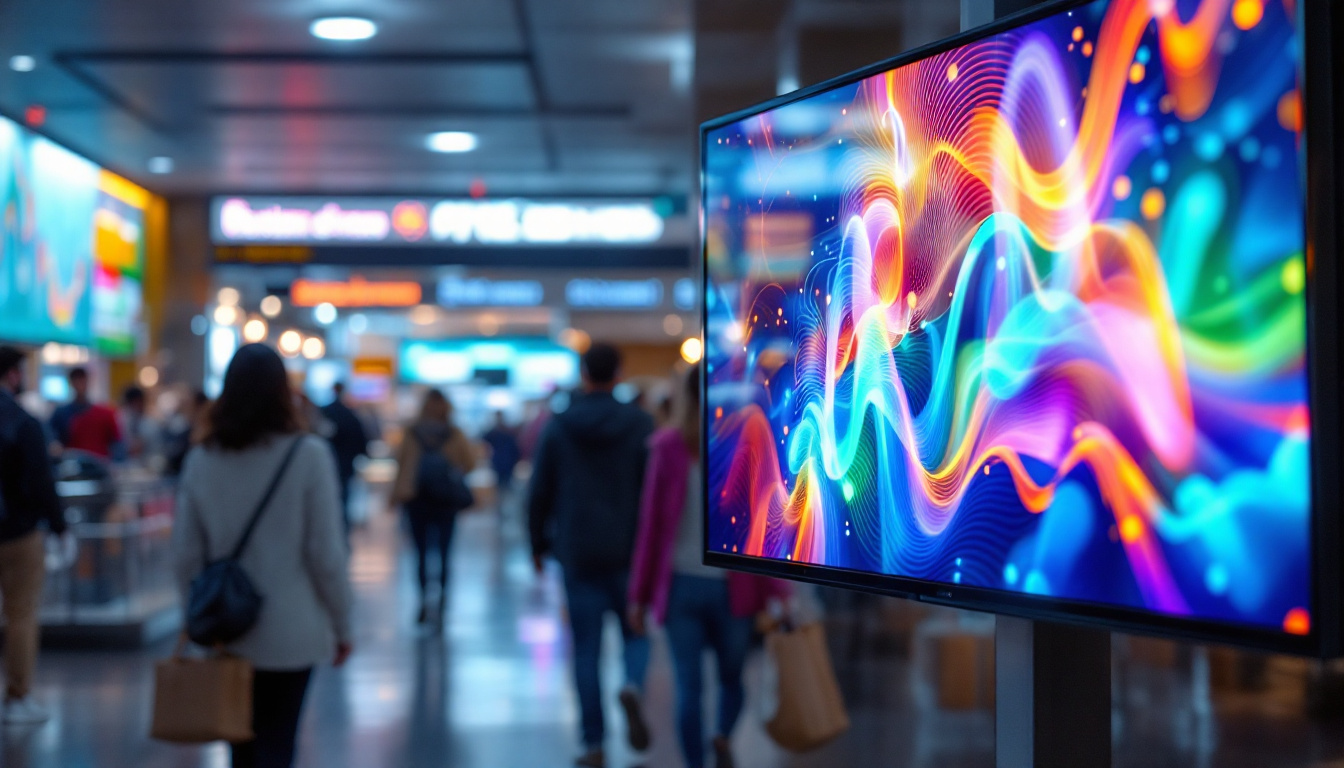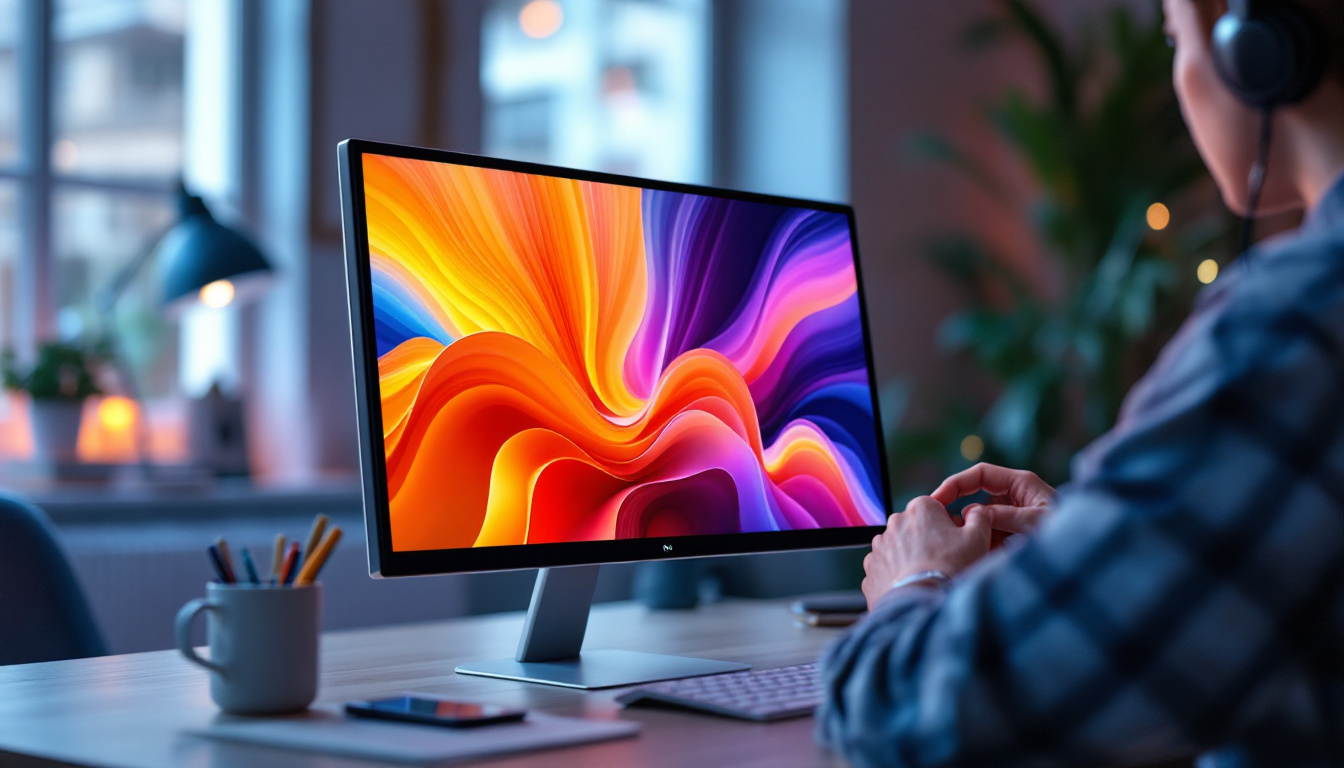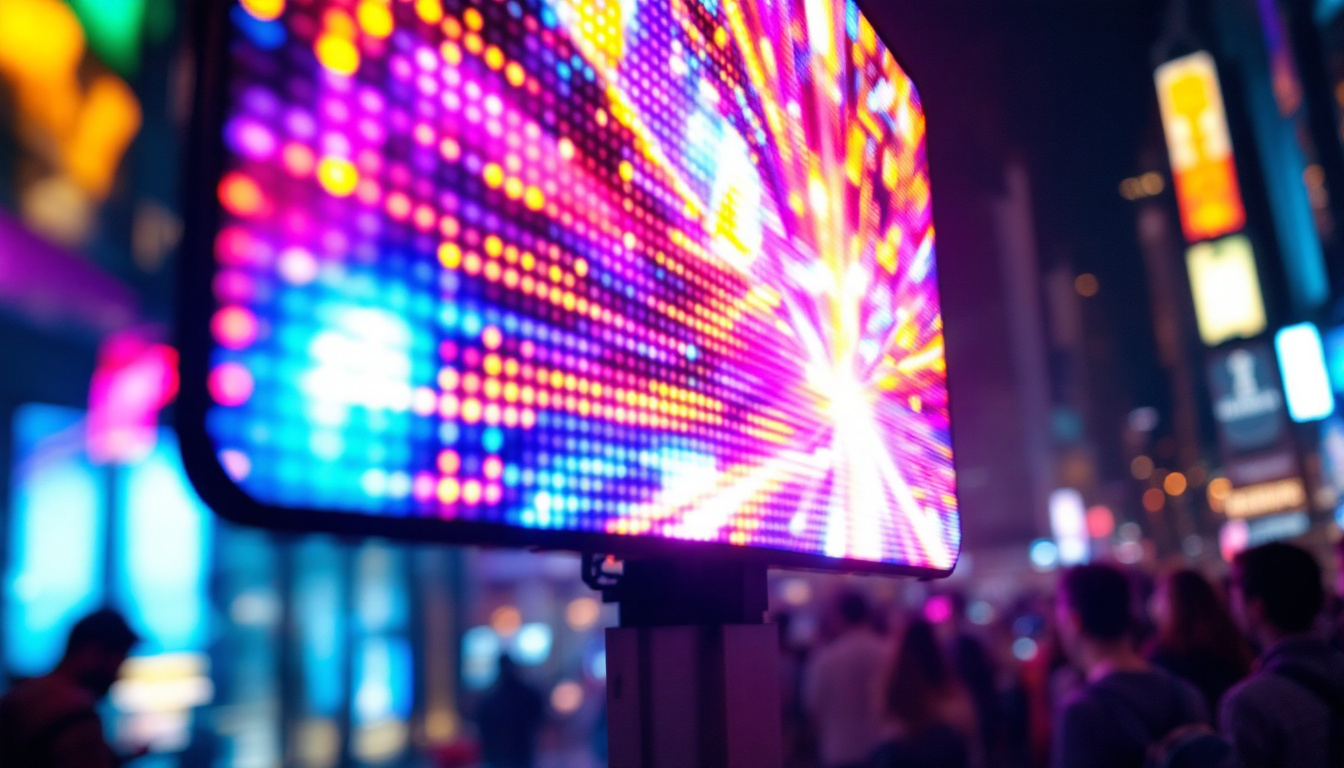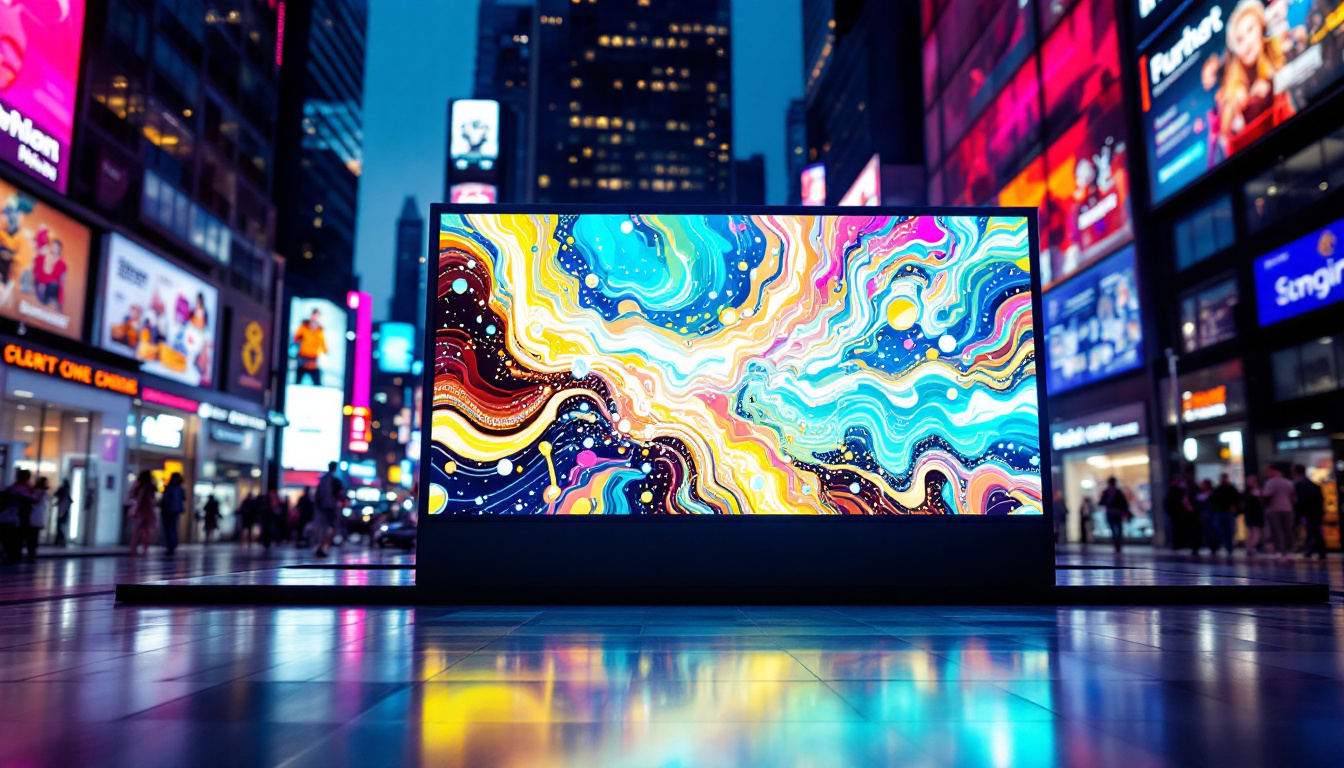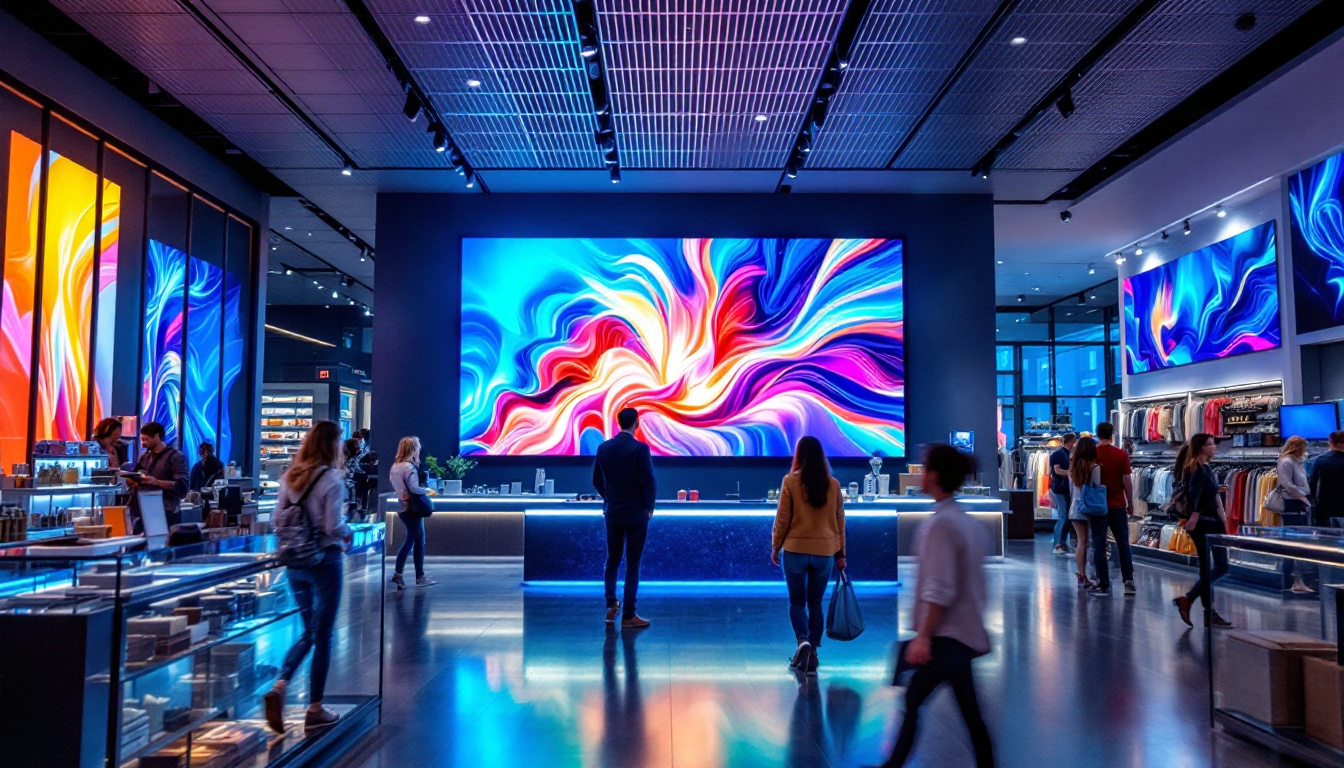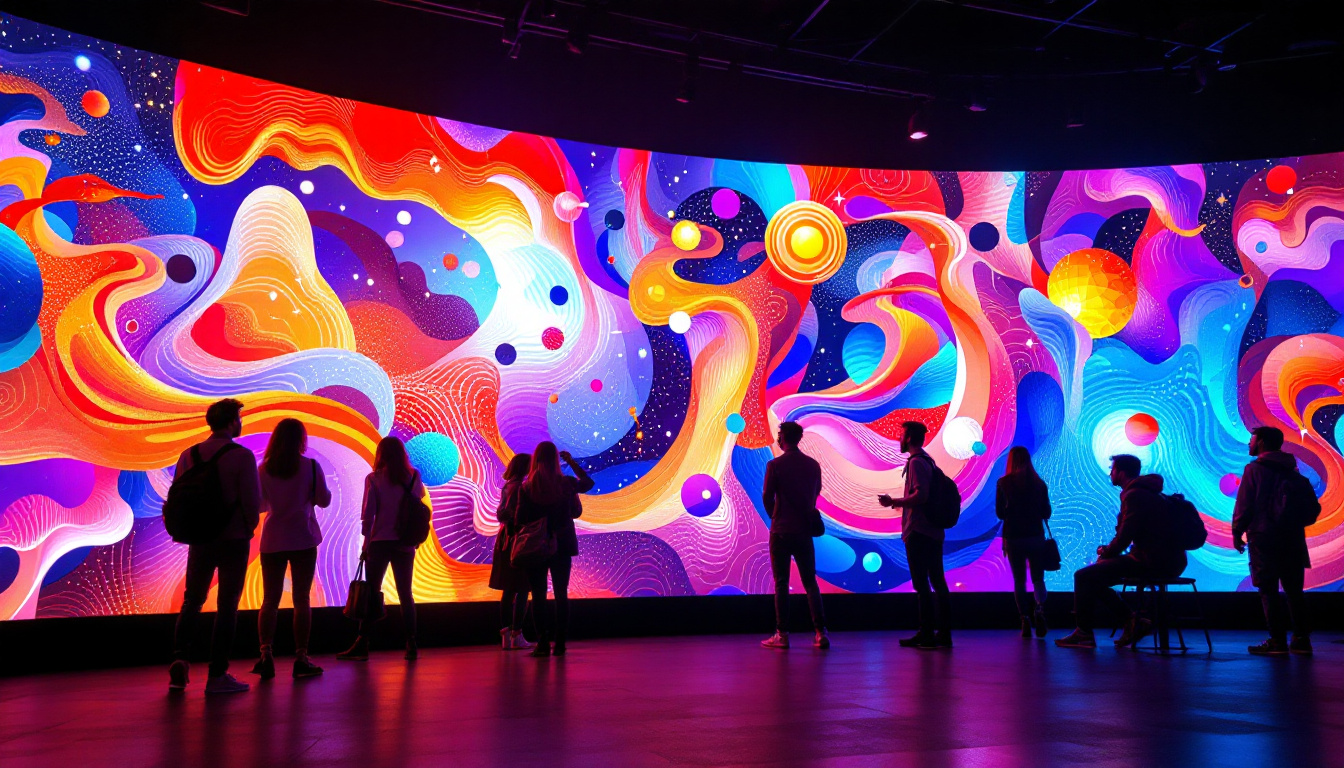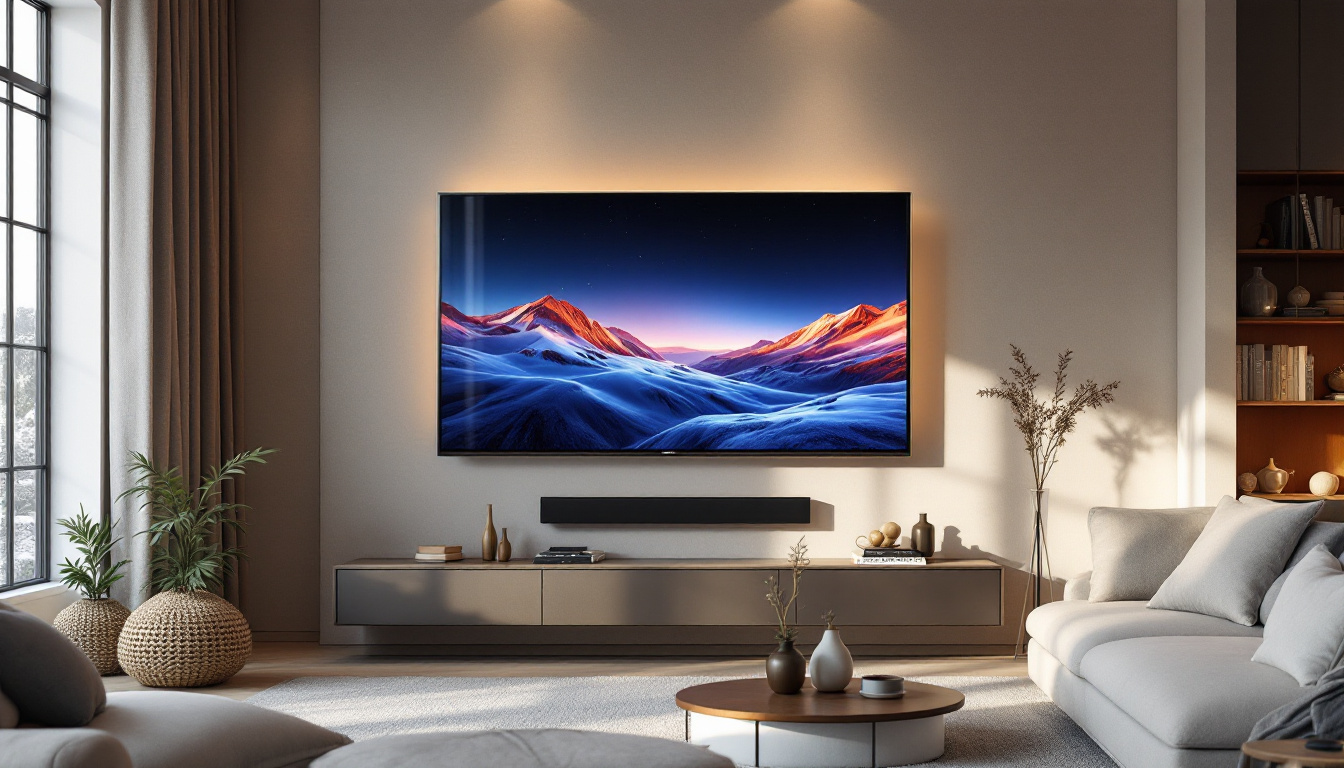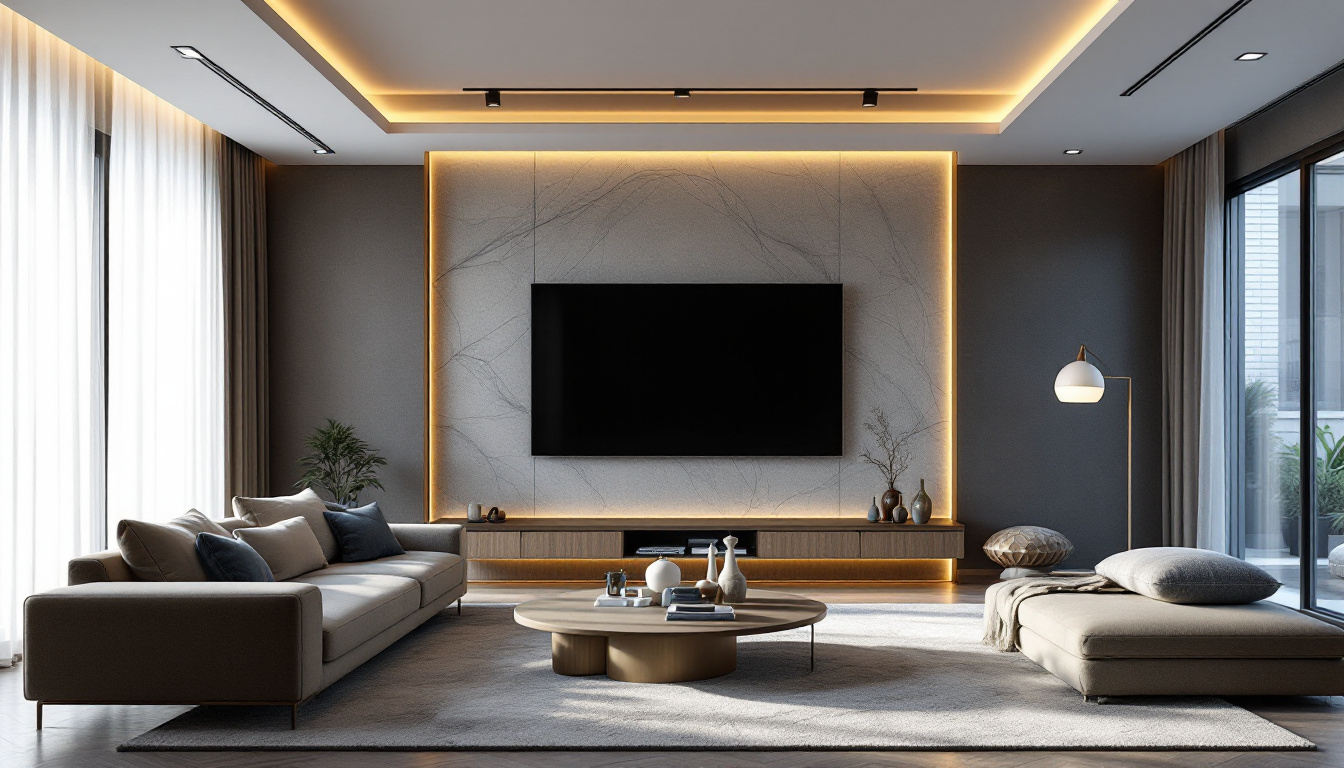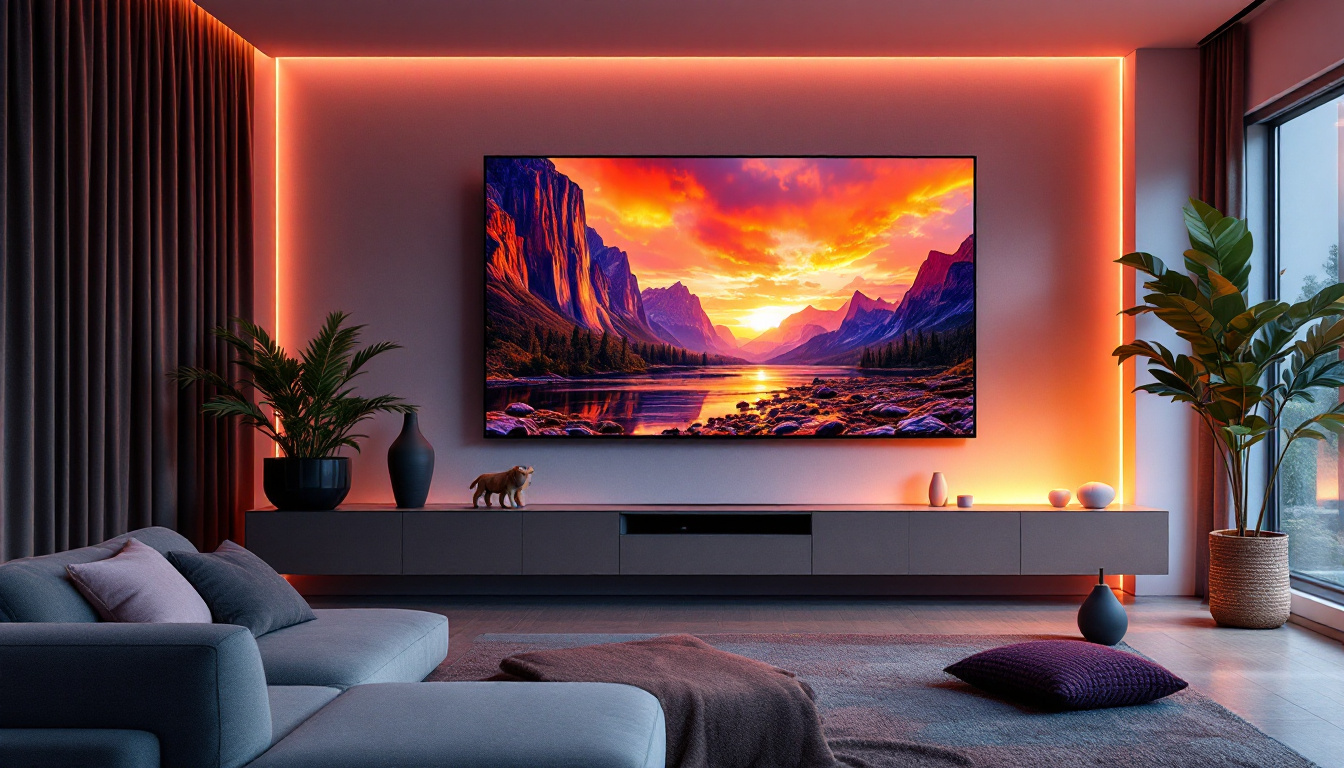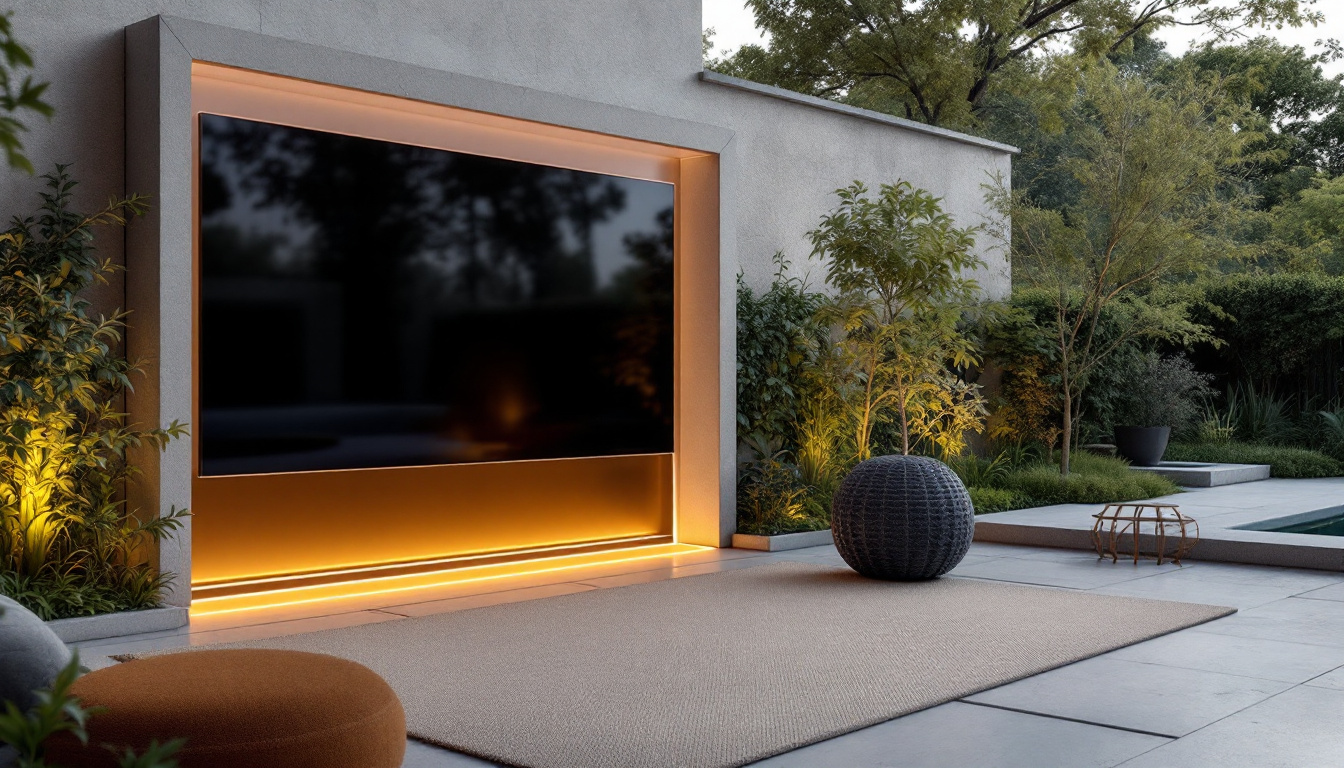In the modern workspace, the importance of a well-organized and ergonomically sound setup cannot be overstated. A significant aspect of this setup is the monitor stand, which plays a crucial role in enhancing both comfort and productivity. This article delves into the intricacies of monitor stands, particularly focusing on LED displays, their benefits, and how they can transform your workspace.
Understanding Monitor Stands
Monitor stands serve as the foundation for computer displays, providing not just elevation but also a range of functionalities that cater to the user’s needs. They can be simple platforms or sophisticated adjustable units that allow for a more personalized viewing experience. In recent years, the evolution of monitor stands has led to innovative designs that not only focus on ergonomics but also on aesthetics, blending seamlessly with modern office decor.
The Purpose of Monitor Stands
The primary purpose of a monitor stand is to elevate the screen to eye level, which helps reduce neck strain and improve posture. By positioning the monitor at an optimal height, users can maintain a more natural alignment of the spine, leading to enhanced comfort during prolonged use. This ergonomic consideration is particularly important in today’s digital age, where many individuals spend hours in front of screens for work or leisure.
Additionally, monitor stands often come with features such as cable management systems, which help keep the workspace tidy. This organization can minimize distractions and promote a more efficient working environment. Many modern stands also incorporate additional functionalities, such as built-in USB hubs and storage compartments, allowing users to keep essential devices and accessories within easy reach, further enhancing productivity.
Types of Monitor Stands
There are various types of monitor stands available in the market, each designed to cater to different needs. Fixed stands are the most basic, providing a stable platform without any adjustability. On the other hand, adjustable stands allow users to modify the height and angle of their monitors, offering a more customizable experience. Some advanced models even feature gas spring mechanisms, which enable smooth adjustments with minimal effort, accommodating users of varying heights and preferences.
For those who require multiple screens, multi-monitor stands are available. These stands can accommodate two or more monitors, allowing for an expansive workspace that can boost productivity significantly. Multi-monitor setups are particularly favored by professionals in fields such as graphic design, finance, and programming, where the ability to view multiple applications simultaneously can streamline workflows and enhance efficiency. Moreover, these stands often come with options for tilting and rotating the monitors, providing flexibility in viewing angles and further improving user comfort.
LED Displays: A Brief Overview
LED (Light Emitting Diode) displays have revolutionized the way we interact with screens. Known for their vibrant colors, sharp contrast, and energy efficiency, LED displays are favored in both professional and personal settings.
Benefits of LED Technology
One of the most significant advantages of LED displays is their superior brightness and color accuracy. This quality is particularly beneficial for graphic designers, photographers, and video editors who rely on precise color representation. The vividness of LED screens enhances the overall viewing experience, making them ideal for multimedia tasks.
Moreover, LED displays consume less power compared to traditional LCD screens. This energy efficiency not only reduces electricity bills but also contributes to a more sustainable environment. Additionally, the longevity of LED technology means that these displays often last longer than their counterparts, reducing the frequency of replacements and further minimizing waste.
Applications of LED Displays
LED displays are versatile and can be found in various applications. In the corporate world, they are commonly used for presentations, video conferencing, and data visualization. Their ability to display high-resolution images and videos makes them an excellent choice for any professional setting.
In addition to office environments, LED displays are also prevalent in educational institutions, retail spaces, and even in homes for entertainment purposes. Their adaptability across different sectors highlights their significance in modern technology. For instance, in retail, LED displays are often used for eye-catching advertisements and promotions, drawing customers’ attention with dynamic visuals and animations. In educational settings, they serve as interactive learning tools, enabling teachers to present information in engaging ways that enhance student participation and understanding.
Furthermore, the rise of smart LED displays has opened up new avenues for integration with other technologies. These displays can now connect to the internet, allowing for real-time updates and interactive content. This capability is particularly useful in environments like airports and train stations, where information needs to be constantly updated. The seamless integration of LED technology with smart systems is paving the way for more intuitive and responsive display solutions in our everyday lives.
Choosing the Right Monitor Stand for LED Displays
Selecting the appropriate monitor stand for an LED display involves considering several factors, including height adjustability, weight capacity, and additional features. The right stand can significantly enhance the benefits of an LED display, ensuring that users can fully capitalize on its capabilities.
Height Adjustability
Height adjustability is a crucial feature to look for in a monitor stand. An adjustable stand allows users to customize the height of their LED display, ensuring that it is positioned at the ideal eye level. This flexibility can lead to improved comfort and reduced fatigue during long working hours.
Some stands offer a simple lift mechanism, while others may include gas spring technology for smoother adjustments. Choosing a stand that fits the specific needs of the user can make a significant difference in overall ergonomics.
Weight Capacity
Another essential consideration is the weight capacity of the monitor stand. LED displays can vary in weight, and it is vital to select a stand that can support the monitor securely. Exceeding the weight limit can lead to instability and potential damage to both the monitor and the stand.
Before purchasing, it is advisable to check the specifications of both the monitor and the stand to ensure compatibility. This precaution helps avoid any mishaps and ensures a safe working environment.
Additional Features
Many modern monitor stands come equipped with additional features that can enhance the user experience. These may include built-in cable management systems, adjustable arms for multi-monitor setups, and even integrated USB hubs for convenient connectivity.
Assessing the specific needs of the workspace can guide the selection of a monitor stand with the right features. For example, a stand with a cable management system can help maintain a clean and organized desk, while a multi-monitor stand can facilitate a more efficient workflow.
Setting Up Your Monitor Stand
Once the right monitor stand has been chosen, the next step is to set it up correctly. Proper installation and adjustment are key to maximizing the benefits of both the stand and the LED display.
Installation Process
The installation process for most monitor stands is straightforward. Typically, it involves assembling the stand according to the manufacturer’s instructions and securely attaching the monitor. It is essential to follow the guidelines to ensure stability and safety.
For adjustable stands, it may be necessary to adjust the height and angle of the monitor after installation. Taking the time to fine-tune these settings can lead to a more comfortable working experience.
Optimal Positioning
After installation, the positioning of the monitor is crucial. The ideal setup involves placing the monitor at eye level, approximately an arm’s length away from the user. This distance helps reduce eye strain and promotes better posture.
Additionally, the monitor should be tilted slightly backward to minimize glare from overhead lighting. Proper positioning can significantly enhance the overall viewing experience, making tasks more enjoyable and less taxing on the eyes.
Maintaining Your Monitor Stand and LED Display
Regular maintenance of both the monitor stand and the LED display is essential for longevity and performance. Simple cleaning and care routines can prevent wear and tear, ensuring that both components remain in optimal condition.
Cleaning Tips
Cleaning the monitor stand is relatively easy. A damp cloth can be used to wipe down surfaces, removing dust and fingerprints. It is advisable to avoid harsh chemicals that may damage the finish of the stand.
For the LED display, a microfiber cloth is recommended for cleaning the screen. This material is gentle and effective at removing smudges without scratching the surface. Regular cleaning can enhance visibility and prolong the life of the display.
Periodic Checks
Conducting periodic checks on the monitor stand is also a good practice. Ensuring that all screws and connections are secure can prevent any potential accidents. Additionally, verifying that the stand is stable and free from wobbling can enhance safety and comfort during use.
The Future of Monitor Stands and LED Displays
As technology continues to evolve, so do monitor stands and LED displays. Innovations in design and functionality are paving the way for more ergonomic and versatile solutions. This evolution is driven by the increasing demand for better workspaces that prioritize health and productivity.
Emerging Trends
One emerging trend in monitor stands is the integration of smart technology. Some stands are now equipped with sensors that can monitor posture and remind users to take breaks, promoting healthier work habits. This feature is particularly beneficial in today’s fast-paced work environments where prolonged sitting is common.
Moreover, advancements in LED technology, such as OLED and mini-LED, are enhancing display quality even further. These technologies promise improved color accuracy and energy efficiency, making them an exciting addition to future workspaces.
Conclusion
In conclusion, the choice of a monitor stand and LED display can significantly impact the overall productivity and comfort of a workspace. By understanding the various types of stands, the benefits of LED technology, and how to set up and maintain these components, users can create an environment that fosters efficiency and well-being.
As technology continues to advance, staying informed about the latest trends and innovations will ensure that workspaces remain functional and conducive to success. Investing in the right monitor stand and display is not just a matter of aesthetics; it is a crucial step towards enhancing overall work performance and health.
Enhance Your Workspace with LumenMatrix
Ready to elevate your workspace with the ultimate LED display technology? LumenMatrix is at the forefront of innovation, offering a diverse range of LED display solutions that cater to your every need. From captivating Indoor LED Wall Displays to dynamic Outdoor LED Wall Displays, and even specialized options like Vehicle LED Displays and Floor LED Displays, we have it all. Embrace the future of visual communication with our Custom LED Displays and All-in-One LED Display solutions designed to engage and captivate your audience. Don’t just take our word for it; experience the difference yourself. Check out LumenMatrix LED Display Solutions today and transform your workspace into a hub of productivity and visual flair.

